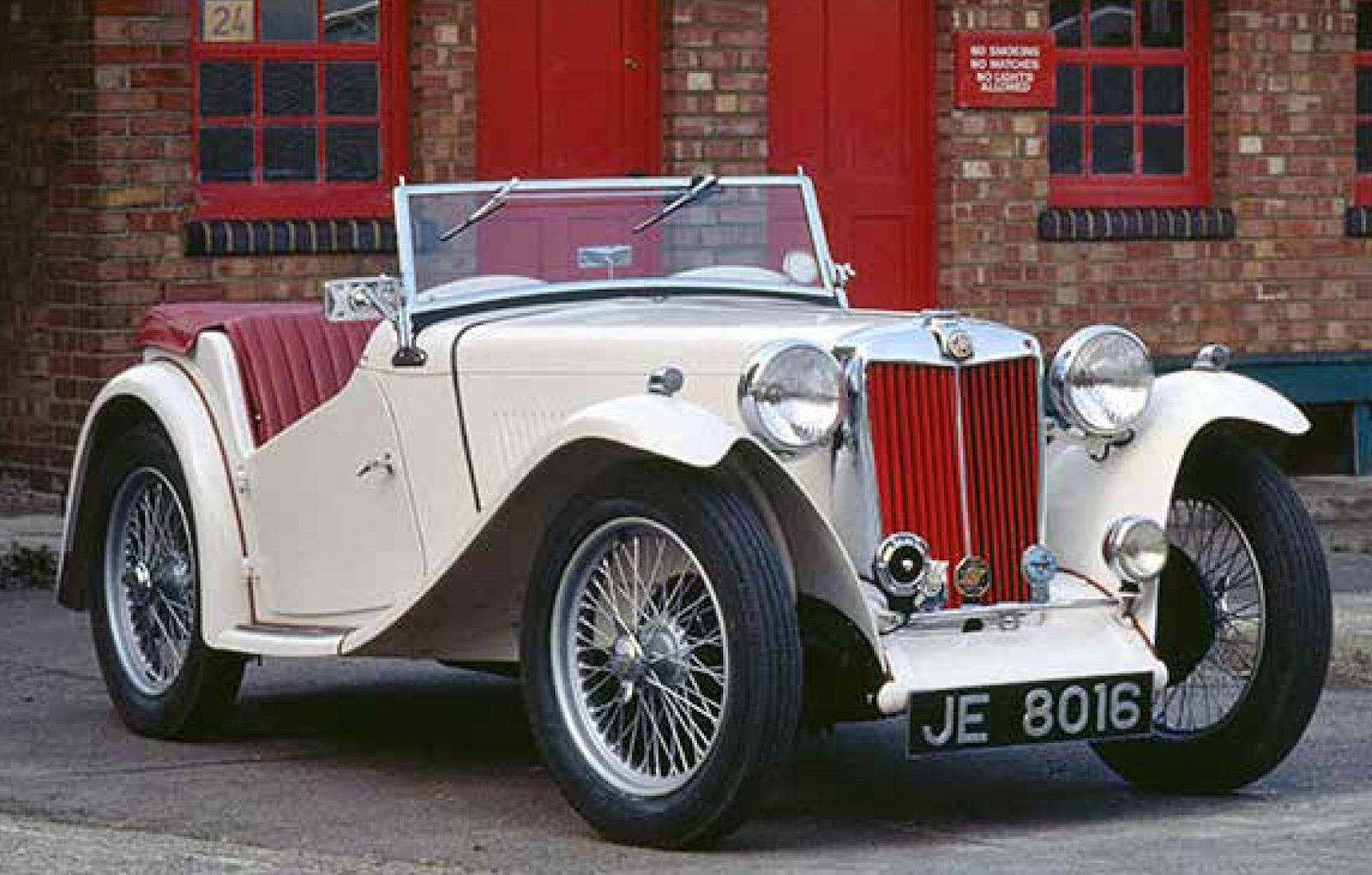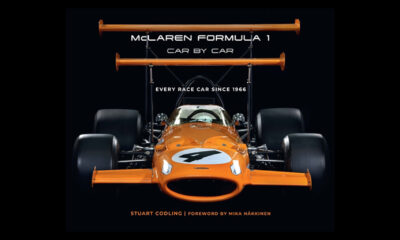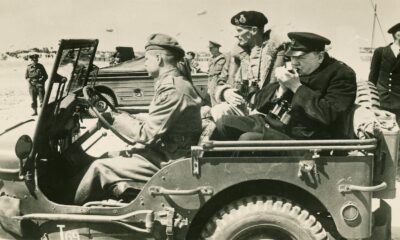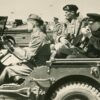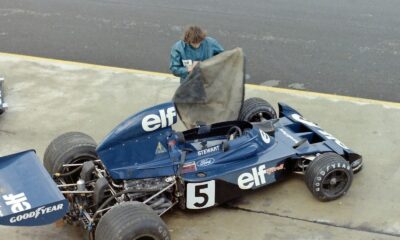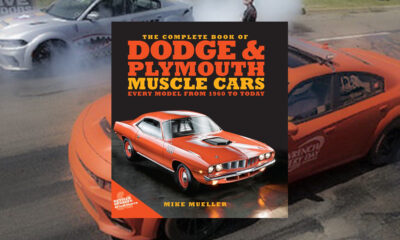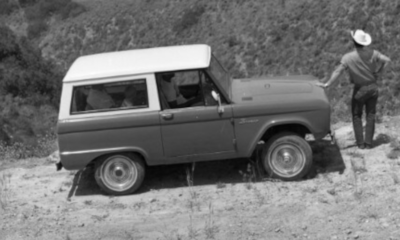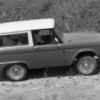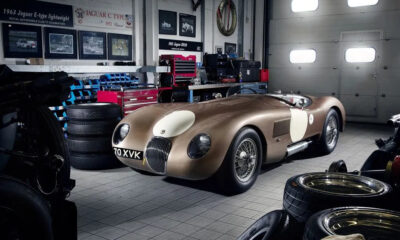Book Review
DAVID KNOWLES’ MG CENTURY – THE WAY WE WERE
DAVID KNOWLES’ MG CENTURY
THE WAY WE WERE
My formative years were spent in Lincoln, Nebraska. Although you’d think the import sports car would not have made any inroads on that state’s primarily farm-to-market byways, with the University of Nebraska campus in the middle of town, Lincoln had both a dedicated import store and the obligatory (by the mid-‘60s) Volkswagen store. And it enjoyed more than a few people willing to add an import to their one-stall garage and driveway. Upon moving to Omaha in ’66 my folks acquired a new Beetle, while I wished-to-god they had bought an MG.
In 1963 what began as Morris Garage (hence, MG) would have been celebrating its 40th birthday, and in 2023 enthusiasts recognized its centennial. And those same enthusiasts received a book out of the deal, MG CENTURY, written by author David Knowles and published by Motorbooks. As you’d guess, reading about the MG marque isn’t the same as driving an MG, but then, the book is more easily stored (just ask my wife!), and less expensive to insure. And if you have a drop of automotive blood in those by-now semi-blocked veins, the array of MGs will get that blood pumping.
As you’d know with but an ounce of historical perspective, MG was born(e) in the aftermath of World War I, where the mass of British humanity was hoping to get off the bicycle and into a car. As a one-time cyclist and bike shop owner, William R. Morris shared that desire as much as anyone, and with both a mechanical bent and retail experience set himself on the path of small volume manufacturer. As Mr. Knowles notes, Morris fell on the side of entrepreneur (spell check, please?) rather than innovator; he took other subassemblies – powertrain and bodywork – from vendors and sold the fully assembled ‘MG’ to an increasingly enthusiastic public. And that public became more enthusiastic when MG sales manager Cecil Kimber began upping the sports car ante.
The car that best established MG in the hearts and minds of Americans was the MG-TC, essentially a continuation of the prewar Midget, and brought over by American service members (those that couldn’t get their hands on a Luger) in the aftermath of World War II. And I can only imagine the impact the TC had in a land of old Fords and big Buicks. It was, in a very real sense, tiny, with more immediacy than reuniting with an old girlfriend; that’s after, you know, a war. And its proportions were picture perfect, more angular than Bugatti’s Type 35 (and certainly not as powerful), but equally artful.
The TC begat the TD and end-of-the-run TF; all spoke to a prewar architecture, but the TD and TF were considerably more civilian. MG didn’t get fully into the postwar ‘50s until the advent of the MGA, which was introduced to the world market – at Frankfurt’s Auto Show – in 1955.
As the ‘A’ would suggest, this was not only an all-new model; it essentially represented all-new thinking, in much the same way as Ford’s own Model A was a complete rethink of that company’s Model T. Fenders were now fully integrated into the body shell, and since the MGA employed a perimeter-type frame, driver and passenger sat within the car, rather than on the car. In the seven years of its production MG sold 100,000.
A return to Midget spec was made with – I’ll bet you’ve already guessed! – the ’61 MG Midget, a takeoff of the Austin-Healey Sprite. And that was followed by the introduction of the now-ubiquitous MGB (as a 1963 model) at the end of 1962. The MGB became the company’s big money maker, and remained in production well past its prime, with a raised suspension, big rubber bumpers and – due to newly instituted emission regs – drastically reduced horsepower.
Mr. Knowles also covers a good chunk of MG’s competition history, the company’s work in World War II, various prototypes, offshoots of MG’s production models (notably the MGA Twin Cam and MGB GT), the sedan and hatchbacks, various mergers and – much later – the purchase of MG assets by the Chinese.
This is a well-written, thoroughly researched book. And while, for the casual enthusiast, its content may seem a bit granular, for that casual enthusiast the publisher provides 345 images within its 240 pages. MG CENTURY is published by Motorbooks, and is available from your local bookseller. The publisher provided this writer with a review copy. Which, as already noted, is easy to store…



